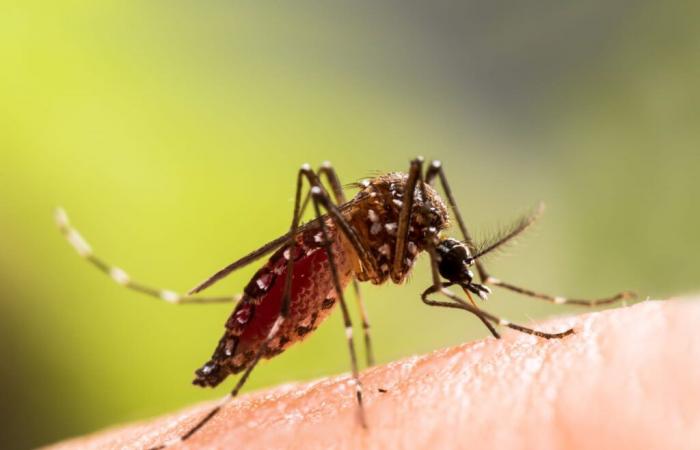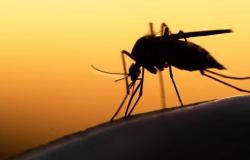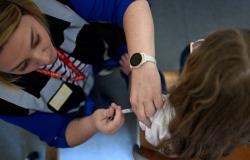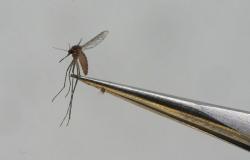
A new scientific study provides insight into what attracts mosquitoes. One type of clothing is best to avoid bites.
Every year, a species of mosquito, Aedes aegyptiis responsible for the spread of dangerous viruses such as dengue fever, yellow fever and the Zika virus. These diseases affect hundreds of millions of people, particularly in developing countries. Faced with this public health problem, a team of scientists led by Craig Montell, a researcher at the University of California, has looked at the mechanisms that allow these insects to locate their human prey.
The study published in the scientific journal Nature indicates that female mosquitoes Aedes aegypti are attracted to humans through the integration of multiple cues. Factors that influence the trajectory chosen by a mosquito include exhaled carbon dioxide, odors emanating from the skin, and visual cues. These stimuli are detected at medium and long distances. The combination of these different cues is essential, because a single stimulus is not enough to differentiate humans from other potential targets.
The study then focused on a previously little-explored aspect: the ability of mosquitoes to detect infrared (IR) radiation emitted by the human body. Contrary to previous research that suggested that mosquitoes were not attracted to IR, this new study revealed that Aedes aegypti does indeed use this thermal signal, but only in combination with other host-associated stimuli.
Infrared sensing in mosquitoes is closely related to the heat emitted by the human body. While conductive heat requires direct contact and convective heat is only detected at short distances, thermal infrared radiation can be perceived from farther away. This ability would allow mosquitoes to detect the surface temperature of the human body even when other signals are disrupted or insufficient.
To study this phenomenon, the research team developed a specific behavioral test. The scientists placed 80 female mosquitoes in test cages and allowed them to acclimatize for at least 24 hours. They then tested different combinations of stimuli. The study determined that mosquitoes are particularly attracted to a source of infrared radiation at skin temperature (around 34°C).
Given these observations, Science.org reported a practical application: wearing loose clothing could reduce the risk of mosquito bites. This is supported by study co-author Nicolas A. DeBeaubien, whom we contacted. He suggests that loose clothing should indeed reduce the infrared radiation that mosquitoes can detect. The study aside, he adds that tighter clothing probably makes it easier for mosquitoes to extend their proboscis to reach the skin.






